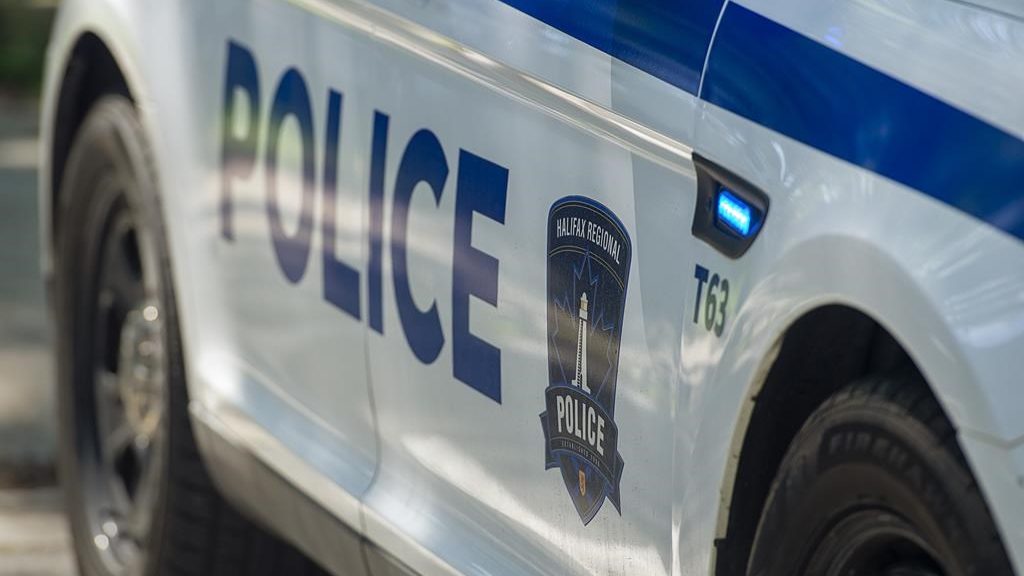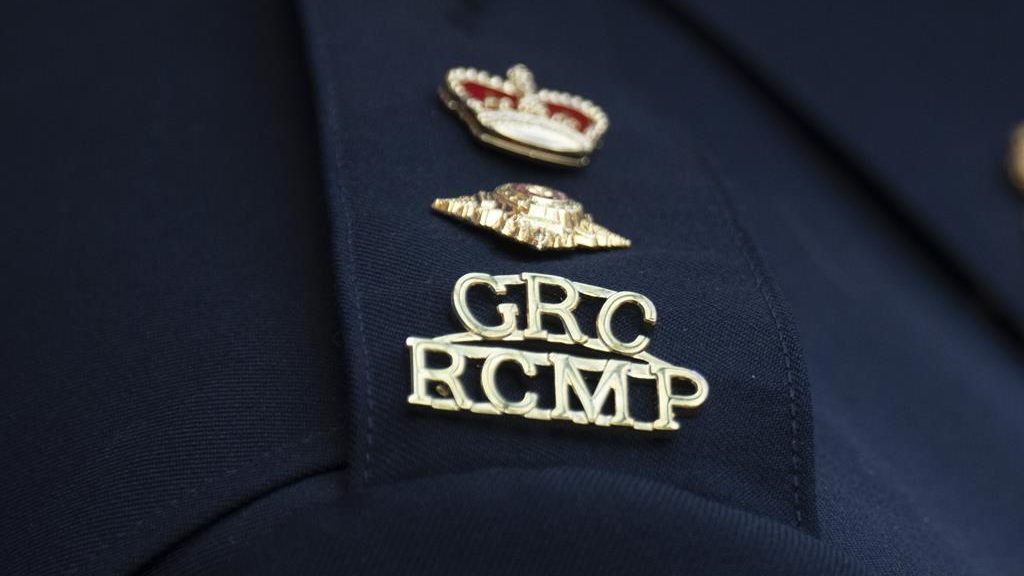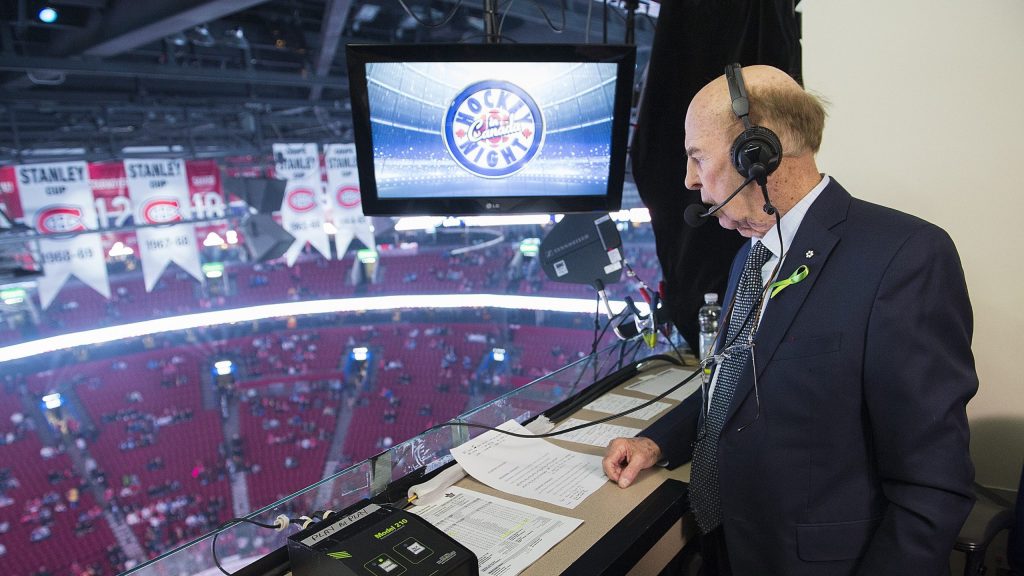Determining aboriginal status complex, historically-rooted: experts
Posted Feb 12, 2016 09:31:32 PM.
Last Updated Feb 12, 2016 10:20:09 PM.
This article is more than 5 years old.
VANCOUVER – A young Calgary man says he was recently told he cannot play in the All Native Basketball tournament because he lacks the required aboriginal bloodlines, despite being a member of the Heiltsuk Nation in Bella Bella, B.C. Experts say the process for determining who is aboriginal in Canada is complicated:
What is blood quantum
Canadian rules governing who is aboriginal do not specify that a person must have a specific bloodline. Other countries, such as the United States, have requirements saying a person must have a certain amount of aboriginal ancestry to qualify as aboriginal.
Sometimes people conflate the American system with the Canadian system, says Brian Thom, a professor of anthropology at the University of Victoria.
Blood quantum is a simple label for a complex issue with deep historical roots, says Chris Andersen, interim dean of the University of Alberta’s faculty of native studies.
“We use a term like blood quantum like it’s this kind of straightforward math, but because of how sexism and patriarchy in the Indian Act work, it isn’t straight ahead. It all depends on whether the person’s mother or father is a status Indian,” he says.
In the beginning
The Indian Act was established in 1876, laying out requirements for who was legally aboriginal in Canada. Under the original act, women did not have any status on their own and instead gained it from their father or husband.
“Women could loose status in all sorts of ways that men couldn’t. And one of the major ways that women lost status was through what was called ‘marrying out,’ ” says Andersen.
Aboriginal women who married men who were not status Indians lost their status. But aboriginal men who married women who were not status Indians kept theirs. The wife of the aboriginal man, and any children they had, also became status Indians.
“Over time, what you start to get is these generations of people who don’t have status,” Andersen says. “And because of the way this has kind of worked intergenerationally, we’ve come to kind of use a blood quantum logic to make arguments about how much status somebody has.”
Bill C-31
Under the Indian Act, tens of thousands of women were stripped of their status when they married non-status men, Andersen says.
The Canadian government sought to address the discrimination by bringing in Bill C-31 in 1985, which allowed the women and their children to apply to have their status restored. The grandchildren of the women who lost status could not apply to gain status.
Bill C-3
Several people argued that the amendments Bill C-31 made to the Indian Act didn’t go far enough.
Sharon McIvor launched a court case in 1989, arguing that her grandchildren should have status, too.
British Columbia’s Court of Appeal eventually found the amendments in Bill C-31 unconstitutional, and the Canadian government responded by bringing in Bill C-3 in 2011.
Under the new law, McIvor’s grandchildren, and the grandchildren of other women who had lost status, could apply for status.
The government estimated about 45,000 people would be entitled to register for status as a result.
Today
The Indian Act still governs who is a status Indian today, but membership in a First Nation is decided separately.
The number of non-status people grows with each generation, and each First Nation makes its own decisions about whether those people are members based on factors that may not include legal status, Andersen says.
A person could have legal status in the eyes of the government, but not be a member of a First Nation, he says.
“(Aboriginal) is a big category,” says Thom. “Depending on what criteria you’re looking at, you either fall into the federal government’s category of who’s a status Indian and who’s not, or a particular band’s category of who’s a member and who’s not.”










